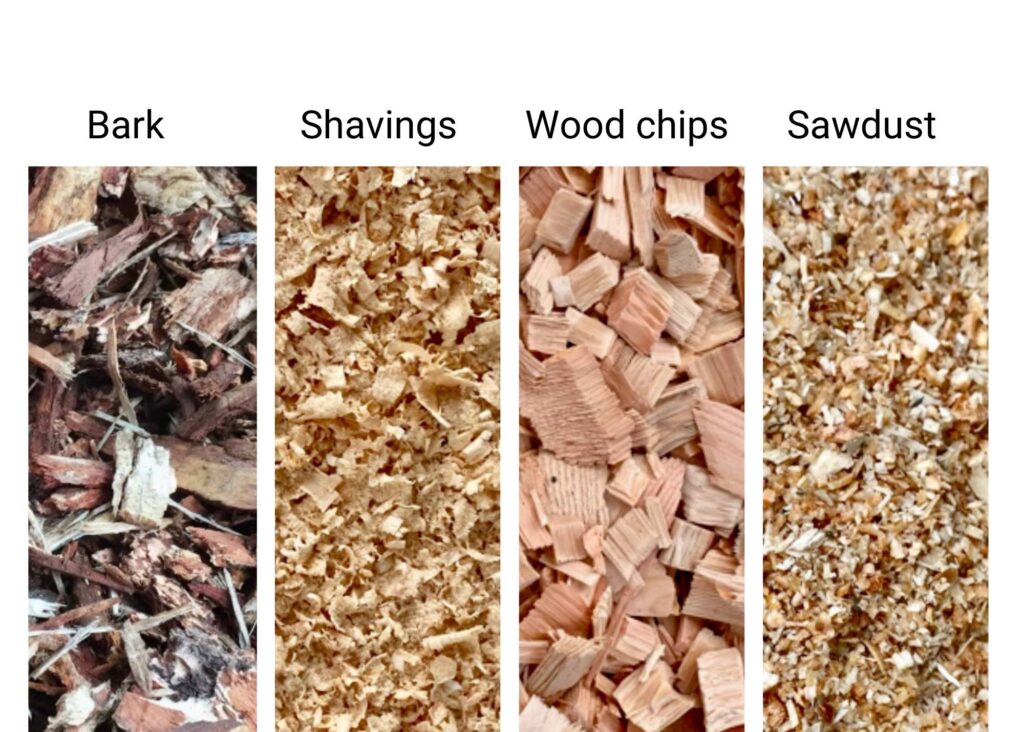The B.C. Ministry of Forests, Lands, Natural Resource Operations and Rural Development (FLNRO) has identified the Douglas-fir beetle as the principal killer of mature Douglas-fir trees in B.C. While the beetle has historically attacked weakened or dying trees, its population is growing and as a result it is increasingly attacking healthy trees, often the largest and oldest first which are most valued for wildlife habitat and which provide fire-resistance and shade that supports wildfire mitigation efforts and climate change resilience in general.

Infrared aerial image of a forest containing significant Douglas-fir beetle infestation. Dead and dying trees appear greenish-gray as opposed to the healthy trees which appear pink.
The beetle is a significant threat to the ongoing health of our forests, particularly in the Interior and Kootenay regions. As it kills an increasing number of Douglas-fir trees, it also reduces the level of biodiversity and climate change resilience of our forests, creating an increased risk of wildfire in two ways:
Douglas-fir are naturally fire resistant so their overall reduction results in a tree species mix which is generally more vulnerable to fire, and the dead trees become fuel which can make wildfires more intense and widespread.

Douglas-fir beetle larva, photo courtesy of Ministry of Forests, Lands, Natural Resource Operations and Rural Development
The beetle reproduces up to twice a year in the late spring and late summer, with adults boring through the tree bark to lay their eggs, reducing or cutting off the natural flow of nutrients in the tree. Infested trees typically die within one to two years, with the foliage changing colour from green to red over this time period.
One of the most effective ways of managing and reducing the threat of Douglas-fir beetle is through the removal of impacted trees, ideally before adult beetles emerge in the spring. This can be supplemented with pheromone baits, trap trees, and ongoing selective or area harvesting. Single-tree treatments are difficult, time consuming, expensive and not viable in the natural forest, but can be effective measures for private land owners to protect their valued Douglas-fir trees.
Dead and dying trees can be identified through aerial photography and follow-up ground surveys to better understand the infestation size, threat, local tree susceptibility, and accessibility.
Kalesnikoff is working with the Ministry of Forests and local communities to suppress these growing infestations and remove affected and highly susceptible trees. We’ll be meeting with and providing information to various communities in the coming season and look forward to those conversations. We believe that we can have an impact in managing and mitigating this threat to our forests if we work together.
If you have questions about Douglas-fir Beetle suppression, please email us at .


